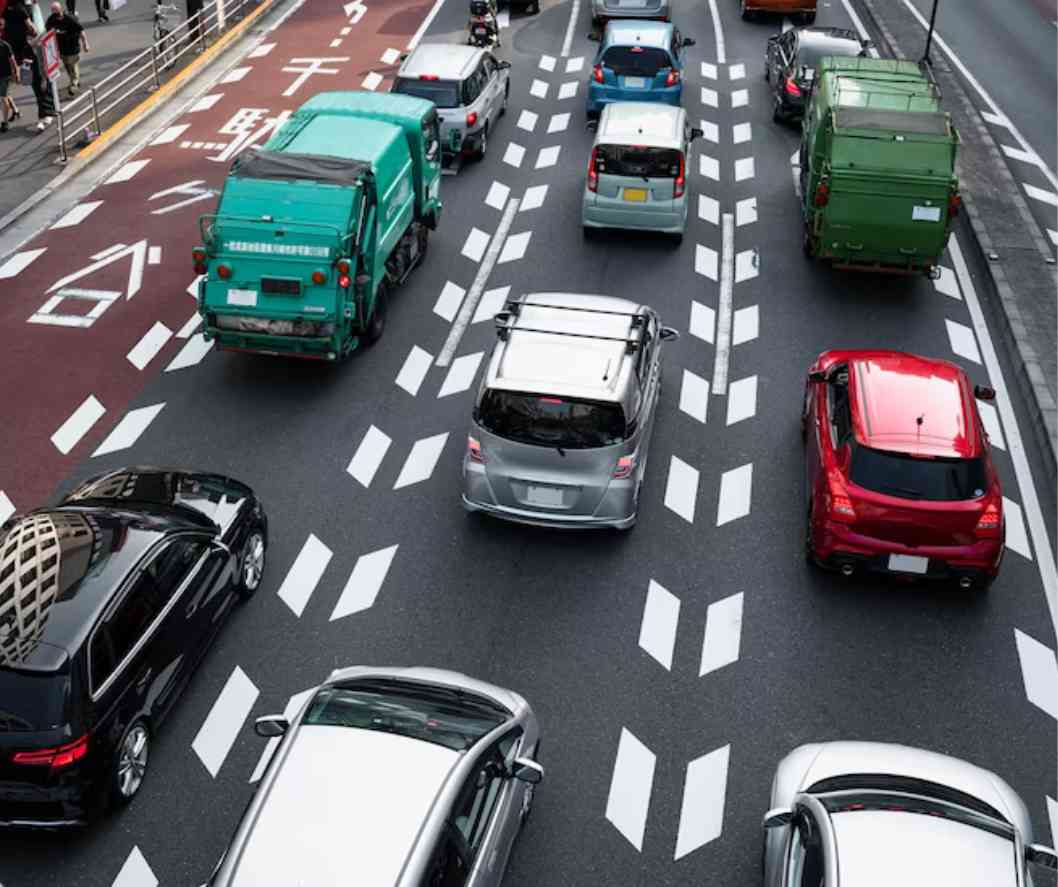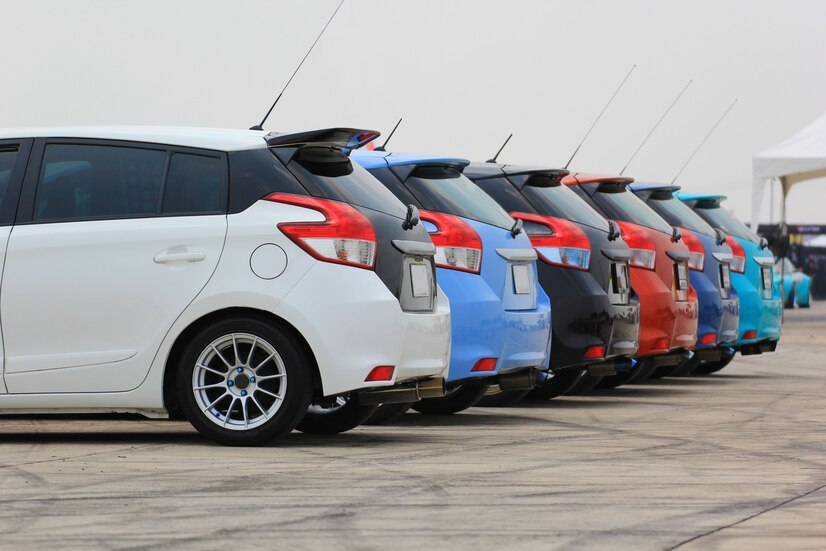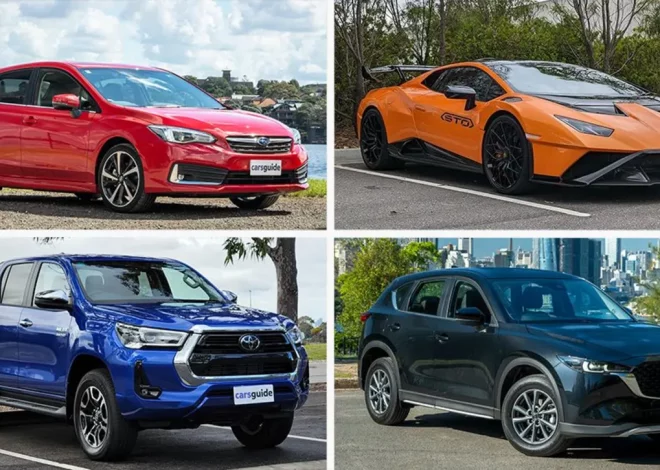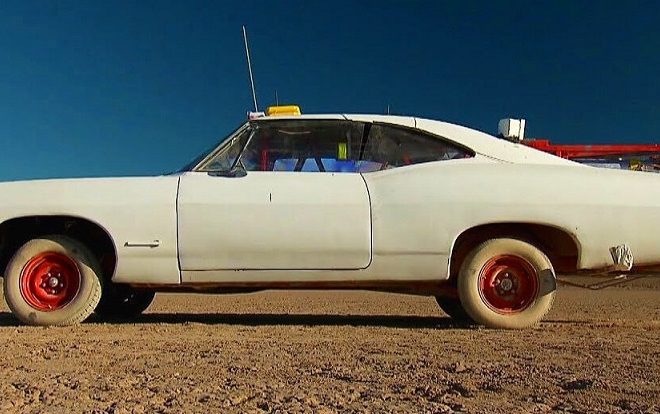
What is the Classification of Vehicles?
Have you ever wondered how vehicles are categorized and classified? In this document, we will explore the different types of vehicle classifications and their characteristics. From cars to trucks to motorcycles, we will dive into the world of vehicles and gain a better understanding of what is the classification of vehicles.
Understanding Vehicle Classifications
Vehicle classification is the process of grouping vehicles based on similar characteristics such as size, weight, and purpose. This classification system helps in organizing the vast variety of vehicles on the road and makes it easier for regulations and laws enforced.
The United States Department of Transportation (DOT) has created a worldwide standard for classifying vehicles based on their features, using a combination of letters and numbers. Familiarizing yourself with this system can assist you in selecting the most suitable car financing option for your budget and requirements.
Here are the different classes of vehicles according to the DOT:
- Class 1: Motorcycles and mopeds
- Class 2: Cars, minivans, SUVs
- Class 3: Light trucks and vans
- Class 4: Medium trucks
- Class 5: Heavy-duty trucks
- Class 6-8: Buses and tractor-trailers
Characteristics of Different Vehicle Classes
Each vehicle classification has its own unique characteristics that differentiate it from others. Let’s take a closer look at each class and what sets them apart.
Class 1: Motorcycles and Mopeds
Motorcycles are two-wheeled vehicles with an engine displacement of less than 150cc, while mopeds have an engine displacement of 50cc or less. They are lightweight and only for one or two riders, making them fuel-efficient and cost-effective for short distance travel.
Class 2: Cars, Minivans, SUVs
Class 2 vehicles include passenger cars, minivans, and sports utility vehicles (SUVs). These vehicles have four wheels and are designed to carry passengers and cargo. They have an engine displacement of less than 8,500 pounds and are the most common type of vehicle on the road.
Class 3: Light Trucks and Vans
Light trucks and vans have a gross vehicle weight rating (GVWR) between 10,000-14,000 pounds. They are commonly used for commercial purposes such as deliveries and small-scale transportation.
Class 4: Medium Trucks
Medium trucks have a GVWR between 14,000-16,000 pounds. They are larger and more powerful than light trucks and used for heavy-duty commercial purposes such as towing and hauling.
Class 5: Heavy-Duty Trucks
Heavy-duty trucks have a GVWR of over 16,000 pounds. They are used for heavy-duty commercial purposes such as construction, transportation of goods, and emergency vehicles.
Class 6-8: Buses and Tractor-Trailers
Buses and tractor-trailers are classified under classes 6-8. They have a GVWR of over 26,000 pounds and designed to transport large numbers of passengers or heavy cargo. These vehicles require a special license to operate and are commonly used for long-distance transportation.
Popular Vehicle Models in Each Class
Now that we have an understanding of the different vehicle classifications, let’s take a look at some popular models in each class:
- Class 1: Harley-Davidson Street 500 (motorcycle) and Honda Ruckus (moped)
- Class 2: Toyota Camry (car), Honda Odyssey (minivan), and Jeep Wrangler (SUV)
- Class 3: Chevrolet Silverado (light truck) and Ford Transit Connect (van)
- Class 4: Ram 3500 Chassis Cab (medium truck)
- Class 5: Peterbilt Model 579 (heavy-duty truck)
- Class 6-8: Greyhound bus (bus) and Volvo FH16 (tractor-trailer)
FAQs
What is the purpose of vehicle classification?
Vehicle classification helps in organizing and regulating vehicles on the road by grouping them based on similar characteristics.
Is there a global standard for vehicle classification?
Yes, the Department of Transportation in the United States has a standard system that used globally.
Are there any variations to the vehicle classification system?
Some countries may have slight variations to the vehicle classification system, but they generally follow the same guidelines.
Can a motorcycle be classified as a car?
No, motorcycles and cars are classified under different classes based on their characteristics.
Why do buses require a special license to operate?
Buses fall under classes 6-8 and have a GVWR of over 26,000 pounds, making them larger and more complex vehicles to operate. Hence, a special license required to ensure the driver has the necessary skills and knowledge to safely operate the vehicle.
Final Thoughts
Knowing what is the classification of vehicles plays an essential role in organizing the variety of vehicles on our roads and highways. It helps in regulating and enforcing laws and regulations while also providing us with a better understanding of the different types of vehicles around us. Next time you hit the road, take a moment to observe and appreciate the different vehicle classes and their unique characteristics.
So there you have it – everything you need to know about the classification of vehicles! Now when someone asks you what class your car or motorcycle falls under, you can confidently respond with the correct answer. And who knows, you may even impress your friends with your newfound knowledge of vehicle classifications.




